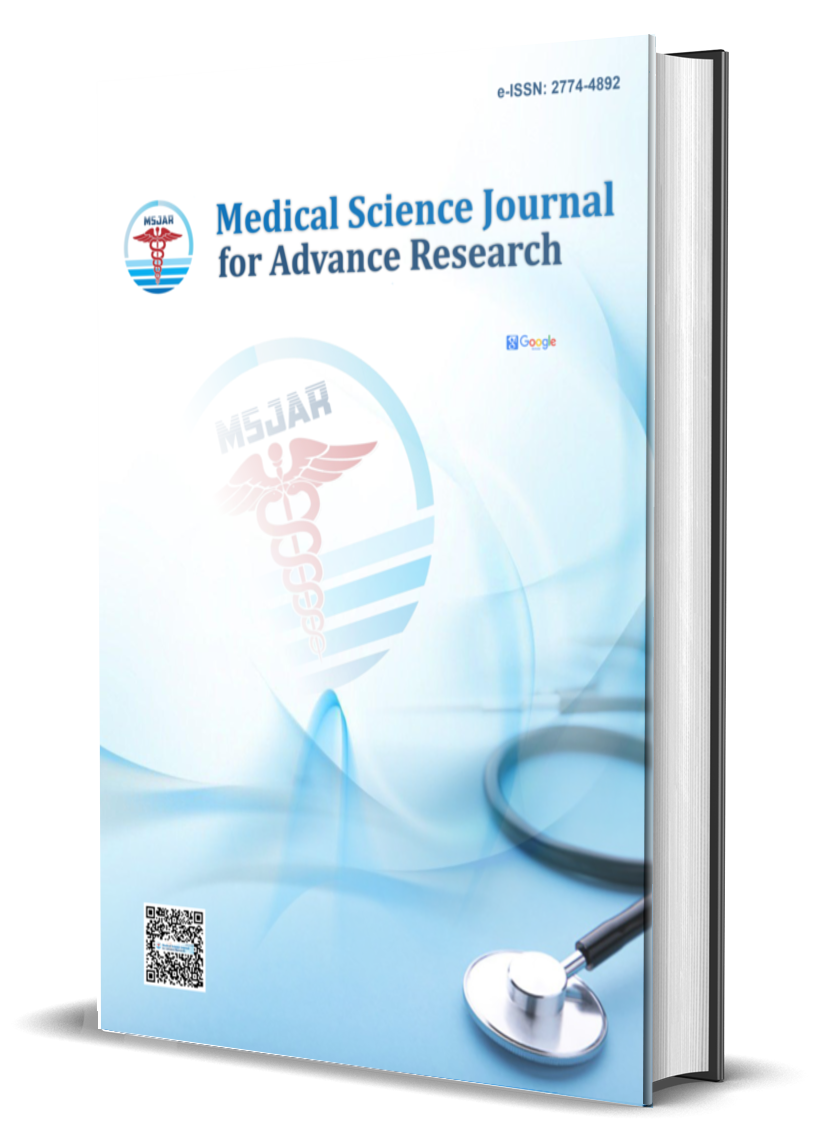Main Article Content
Abstract
Acute lymphoblastic leukemia (ALL) is the most common pediatric malignancy, accounting for up to 30% of all childhood cancers and approximately 80% of childhood leukemias. Despite advances in therapy, ALL remains a significant cause of pediatric cancer mortality, especially in low- and middle-income countries. This review synthesizes data from over fifty peer-reviewed studies to elucidate the role of clinical biochemical parameters—including liver enzymes, lactate dehydrogenase (LDH), uric acid, renal function tests, and proteomic biomarkers—in the diagnosis, prognosis, and monitoring of pediatric ALL. The review also discusses the impact of various treatment modalities on these parameters and highlights the integration of molecular genetics and minimal residual disease (MRD) detection in risk stratification and personalized therapy.
Keywords
Article Details

This work is licensed under a Creative Commons Attribution 4.0 International License.





